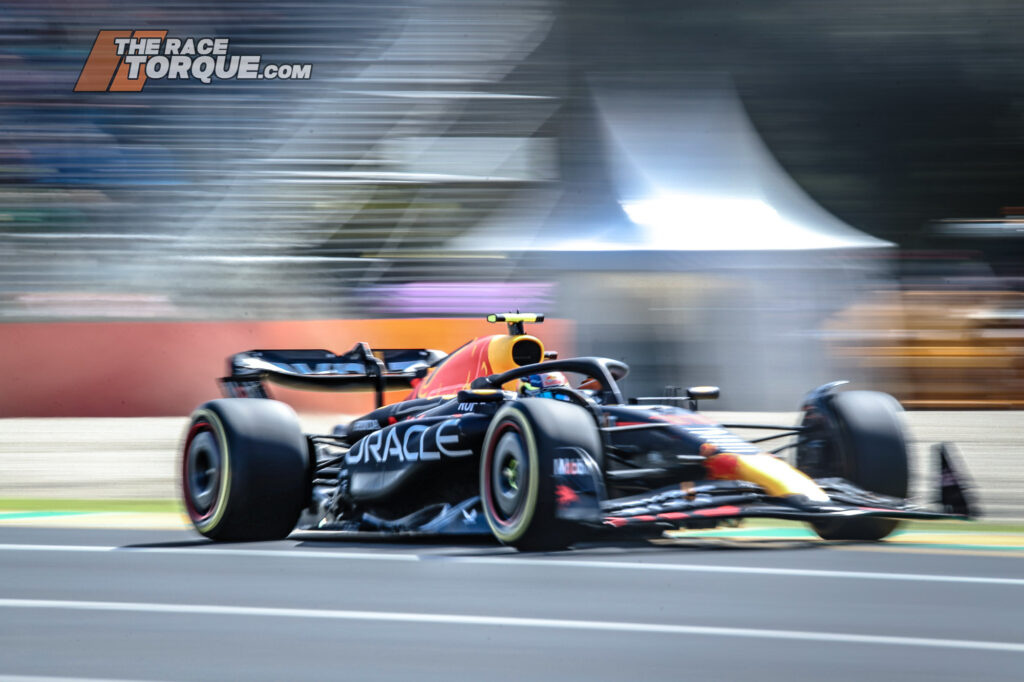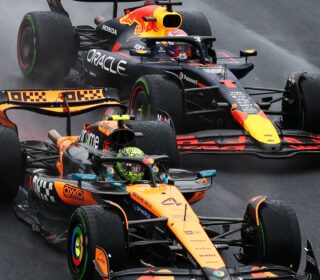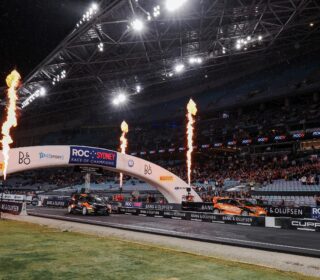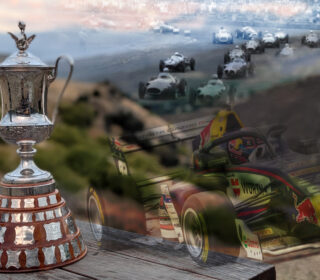AUSGP: 2023 F1 Class Under the Microscope
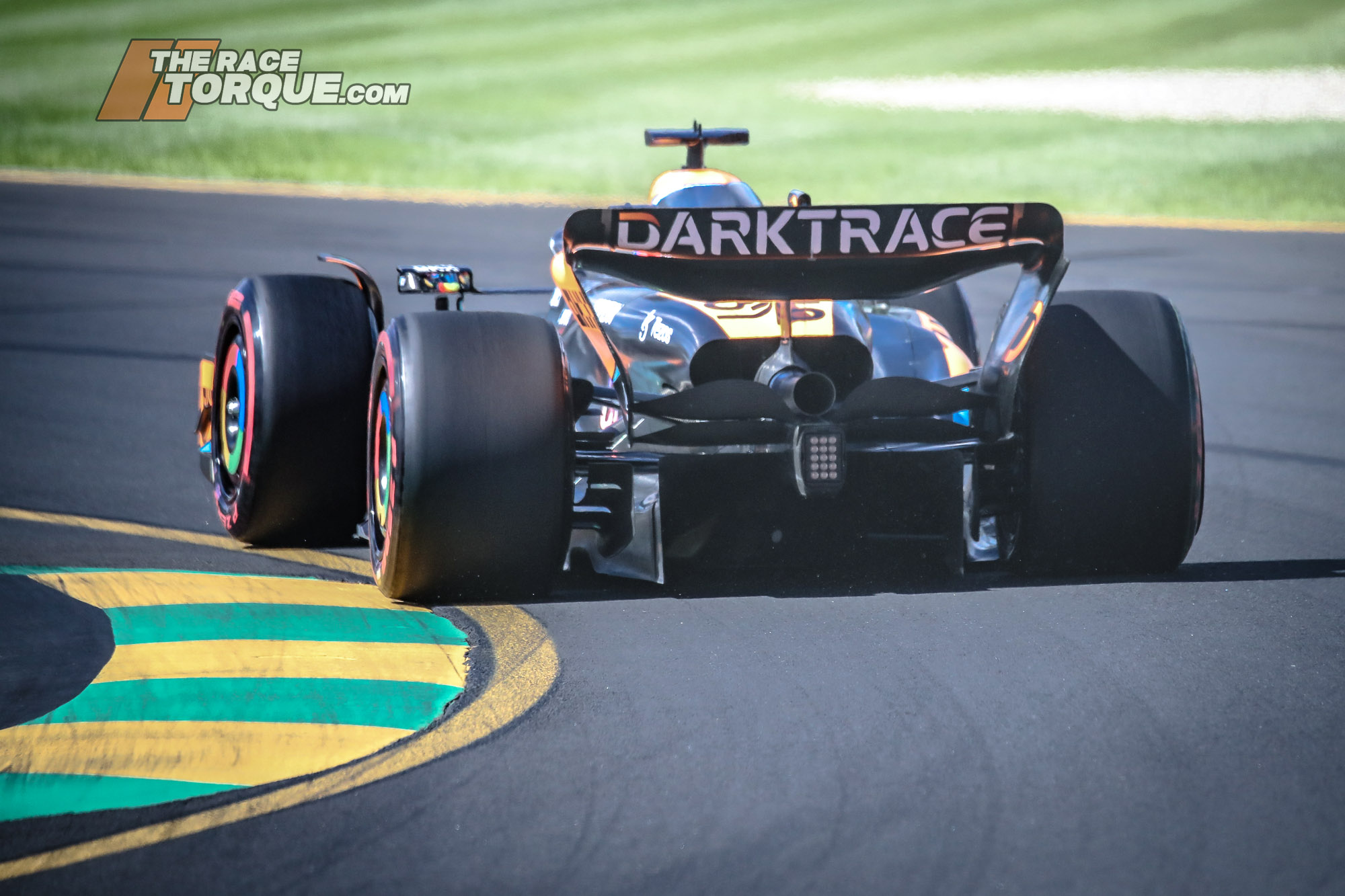
Australia is enjoying a golden era of interest and crowd attendance at the Australian Grand Prix. Spurred on by a post-pandemic return, a new Aussie face in Melbourne’s Oscar Piastri taking the baton from Daniel Ricciardo or Netflix ‘Drive to Survive’, it matters little as for the second year running, the event is sold out.
First seen in 2022, the new spec Formula 1 cars are back, and is so often the case, rule stability closes up the grid and inevitably brings lower-ranking teams into the fight. The first two rounds have proven this theory with the Aston Martin team led by Fernando Alonso the new challenger to the big three.
There is always debate at the TRT office regarding pre-season testing, however, the move from the southern European tracks to Bahrain, where the first race takes place the following week, has made the test form a lot more indicative. It told us Aston Martin Mercedes had a very fast car. It told us that McLaren was in a world of pain, and it told us that Mercedes may have missed a golden opportunity to bin the recalcitrant W13, but no, the W14 was the same design concept.
And so, we arrive at Albert Park. What did early on-track form show? The Race Torque’s Dale Rodgers had the perfect view to analyse the strengths and weaknesses of the class of 2023 at Turns 9 and 10. With the added speed into these turns now due to the track reconfiguration and a DRS zone, the cars are on the limit at this section.
Practice at the AGP consists of three sessions. Two on Friday and one on Saturday in the lead-up to Qualifying. The Formula 1 teams must use this time to get a read on their cars and any upgrades that have been added since the Saudi Grand Prix a few weeks ago. All compounds of Pirelli tyres are used so that as the sessions roll on, a good gauge evolves of where the teams are at.
The run into Turn 9 is much faster than the old layout, and the switch back to the right-hand Turn 10 can be an invitation to really push but risk a saw tooth kerb and grass verge.
It all sounds fairly straightforward, but this is a very challenging section of Albert Park.
All teams run a conservative early part of practice. This is about race set-up and understanding the tyre wear of the three Pirelli slicks on offer. The tyres sit right in the mid-range – C2, C3 and C4 tyre compounds, the same as were run at the Saudi Arabian Grand Prix.
Drivers are cautious early through Turn 10, not wanting to risk the kerb, but it does not take long to see drivers who are battling their machines using it. The first to run high on the kerb at 10 and then bring up the dust is Lewis Hamilton in the Mercedes. Hamilton is pressing hard, and the car does not look settled. In typical style, he searches for the limits early and is rewarded at the end of the session with P2.
Teammate George Russell looked a little more at ease but was over 0.5 second behind Lewis, who, in turn, was 0.5 second behind the fastest driver, Max Verstappen’s Red Bull Racing Honda.
As the early 2023 form has shown, the Red Bull is fast. Very fast. Verstappen we one of the earliest out on the C4 soft, and the car was on rails through the fast switch back. Rarely using the kerb, the World Champ was the first into the 1:18’s. Sergio Perez is also pushing hard and but even Checo is 0.5 a second behind Max.
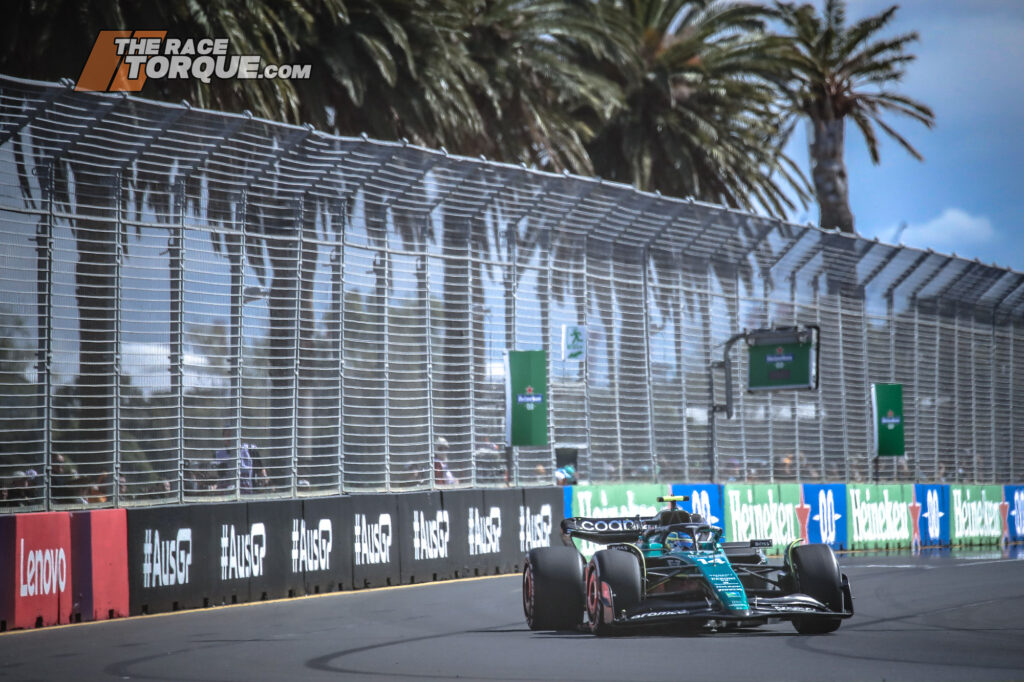
The on-form Aston Martin Mercedes is super smooth through 9 and 10. Alonso looks like he is almost floating. The car seems to drift through T9, and its change of direction is so stable he is off fast to the next DRS run. Stroll also is very quick but just does not have the finesse of Alonso. Still, both cars are in the Top 10 in the session.
The Alpine Renault in the hands of Pirre Gasly shows a good turn of speed, but like Hamilton, is on the kerb on the exit of 10 lap after lap. Whilst not overdriving, the Alpine does not look as comfortable as the others in the Top 10 in Practice 1.
Teammate Estaban Ocon looks less at ease and is a further 0.5 second behind but back in P16. Alpine has some work to do.
Ferrari. Fast and smooth. They were on top in 2022 in practice and again looked settled. Direction change was excellent, and they were the team with the closest pair of drivers on the time sheet, locking out 5th and 6th. Leclerc and Sainz have the Ferrari SF-23 tuned in well. The car punches out of Turn 9 and looks so stable as it then attacks Turn 10.
Down at Williams Mercedes, there are more smiles as Alex Albon once again turns in a strong performance. The Williams FW45 is an ‘evolution’ of the 2022 car, which had proved to be very quick on low downforce tracks. It looks good at Albert Park, too, in 2023, putting the power down well and flowing the corners with little correction.
A 12th and 15th for the Williams team in first practice shows they have really improved the package.
All eyes were on Oscar Piastri and the form of the McLaren. Once on the soft tyre, the young Aussie looked quick, but the McLaren is visibly a handful in this section and does not have the front-end grip of the faster cars. Both he and Norris had to use the outside kerb repeatedly as they pushed for a time. For Piastri, a P12 in the first session is a very solid result. For Norris, P7 should give the team hope that they are starting to get on top of the MCL60.
Of the rest, the HAAS looked to be driven hard through Turn 10, and Niko Hulkenberg was the first driver to get on the grass, having run right across the kerb. Both the Hulk and Magnussen looked anything but comfortable.
If Alpha Tauri comes from the same family as Red Bull, they did not get the same DNA. Both Yuki Tsunoda and rookie Nyck De Vries have a number of mid-corner corrections, and both are riding the outside kerb hard. A credit to DeVries, however, is a P14 finish in his first-ever laps of Albert Park.
Often a car that looks fast often isn’t. So is the story of Alfa Romeo. The slowest ‘team’ result in P1 and over 1.6 seconds off the pace. The car was not bouncing off the kerbs, but its entry into Turn 9 and turn-in looked less stable than others. It is likely that adopted Aussie, Valtteri Bottas and teammate Zhou Guanyu were in race development mode as they ran collectively many laps in P1.
One thing is clear across the 20-car field – these cars are difficult to drive, and finding the window looks challenging. But when the teams and drivers get it right, these are some of the most spectacular Formula 1 cars we have seen for many years.
Just ask a couple of hundred thousand fans at Albert Park.
